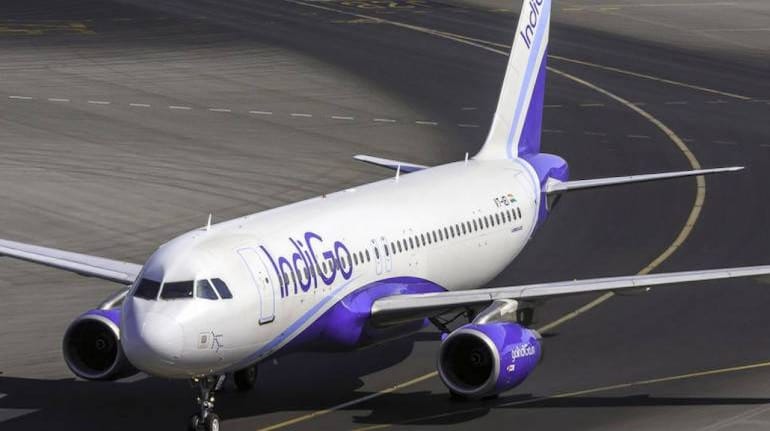



IndiGo, India’s largest airline by fleet and domestic market share, will declare its earnings for the third quarter of financial year 2022 on Friday, February 4.
The airline closed the last calendar year with a 54.8 percent market share -- its highest ever!
The quarter for which the results are being declared has been its best since the pandemic with the airline carrying 166.54 lakh passengers between October 1 and December 31.
It was also the first quarter in seven that had been marred by pandemic, when the air traffic pattern was in sync with traditional traffic peaks.
India typically experiences two air traffic peaks - the April - June quarter and the October - December quarter. The April-June quarter of 2021 (Q1-FY22) was marred by the deadly second wave of COVID-19, while that in 2020 (Q1-FY21) was washed out because of the lockdown.
A quarter as good as the best ever!
Capacity caps
At 166.54 lakh passengers, the airline was at 91.6 percent of traffic for the same period pre-COVID (Q3-FY20) and 61 percent more than the previous year (Q3-FY21). The year- over-year increase is significant thanks to the government doing away with the capacity caps which were enforced since the aviation industry re-started operations post pandemic on May 25, 2020.
Last year, the capacity caps varied between 60 percent and 80 percent in Q3. The government did away with the caps on October 18, which covered most of the third quarter, leaving the airline with the liberty to deploy its approved winter schedule and make the most of the holiday season and muted COVID cases.
What worked?
The government, for the first time, removed all capacity caps in October. The fare caps too were relaxed with the earlier rule of fare guidance reduced from 30 days to 15 days. All airlines were able to hold on to higher fares beyond the 15-day period due to increased demand.
The government also allowed meal service for flights that take up to two hours. The meal service was restricted for flights beyond two hours due to the deadly COVID wave. By mid-November, airlines were allowed to offer meals on all flights. While that meant additional costs for full-service carriers, for low-cost carriers -- like IndiGo -- this meant an additional opportunity on the revenue side.
The traffic was largely driven by the back-to-back festivals of Dussehra and Diwali with the highest passenger numbers being recorded on November 21, 2021, when 393,245 passengers took to the air, and the highest number of flights were on December 12, when 2,828 departures were recorded cumulatively. The ability to stimulate demand by fare management and deploy capacity without caps worked as a heady cocktail to win back passengers!
Focus on fleet renewal to help tide over fuel price
While airlines globally have tried pushing the aircraft deliveries or asked for discounts from lessors, IndiGo has invested that time in fleet renewal. The airline which has a large order of the A320neo family aircraft, went into the pandemic with 100 A320neo and 14 A321neo planes.
The airline also had 123 A320ceos and 25 ATRs at the end of March 2020. By December 2021, the airline had less than 50 A320ceos in its fleet while the A320neo count stood at 140 and A321neo count stood at 51!
Future still uncertain
No sooner had the quarter come to an end, the new variant of COVID-19 led to a sharp decline in travel. While Q4 has traditionally been weak, the rapid fall in numbers was aided by the fast-spreading variant.
Overall profitability might still be elusive as substantial revenue for the airline came from international operations, which currently remain restricted, without any visibility of opening up. The fuel price has doubled from a year ago and while the fleet renewal can buffer some of the impact, it cannot nullify all of it!
With fares in a higher range and passenger numbers close to Q3 of FY20, the airline has a fleeting chance at operational profitability. The airline had recorded sales of Rs. 9,931 crore in Q3 of FY20 and sales in the range of Rs. 8,500 crore in Q3 of FY22, giving it a wafer thin chance of recording operational profits that could mean the airline joins global players who have managed to do this in the middle of the pandemic.
All eyes would be on the investor and analyst call post results on a Friday afternoon! Traditionally, when results are announced post-market hours on a Friday, financial analysts don’t have high hopes but will this be a surprise?
Discover the latest Business News, Sensex, and Nifty updates. Obtain Personal Finance insights, tax queries, and expert opinions on Moneycontrol or download the Moneycontrol App to stay updated!